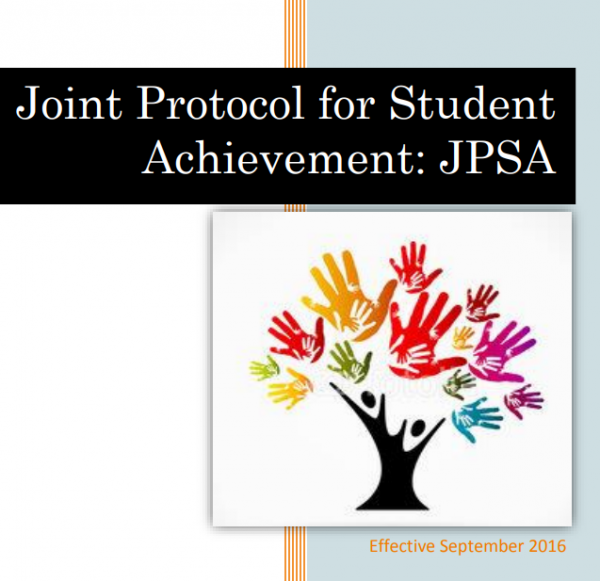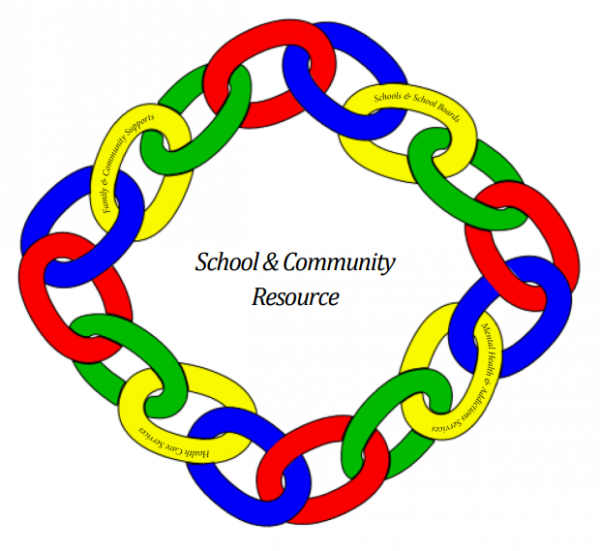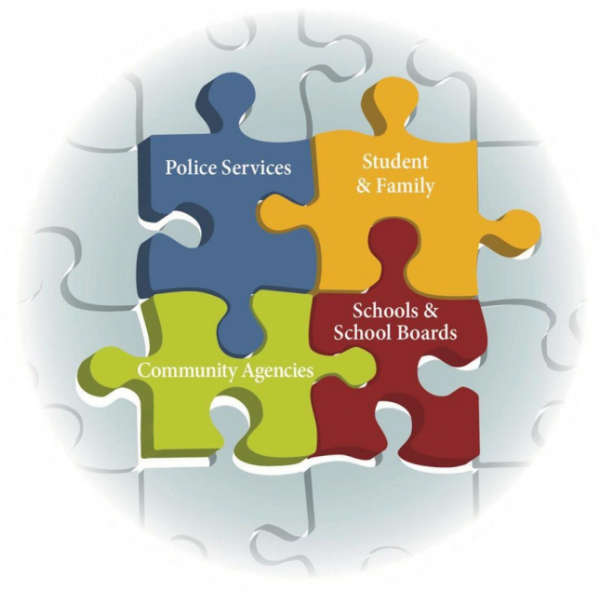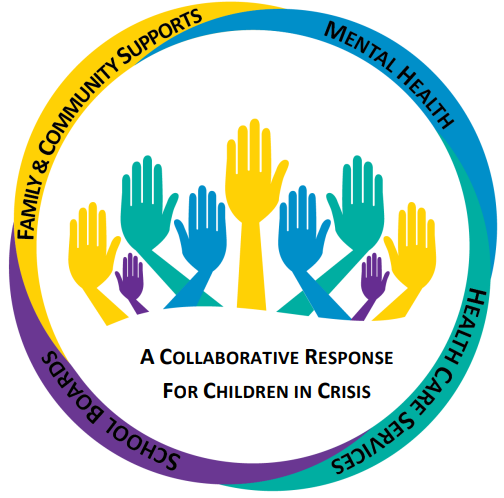Community Strategies
The CDSBEO works with community partners to develop plans and protocols for ensuring students receive a continuum of support and appropriate interventions regardless of home school. The following five resources have been created to guide a standardized level of support for our most vulnerable students.
Joint Protocol for Student Achievement

The Joint Protocol for Student Achievement (JPSA) details the commitment of seven (7) Boards of Education and four (4) Children’s Aid Societies (see list of partners below), to establish and implement the processes and policies in this document. It’s goal is to support student achievement and well-being, from entrance to exit, for those eligible for supports under this protocol. The document reflects a merging of the JPSA processes, policies, and practices with those outlined in the Crown Ward Education Championship Team’s previous Partnering for Student Success agreement (2014). For more information please download the Joint Protocol for Student Achievement document posted under Additional Downloads.
Guide to Children and Youth Struggling with Substance Use, Addictions and Mental Health Concerns

The goal of this Substance Use, Addictions and Mental Health resource is to support and respond to children and youth in distress, or whom are unable to cope or function due to their mental health, substance use or addiction concerns. The resource is designed to facilitate a coordinated response by school board staff and community agencies to assist youth and families to access appropriate services. The resource facilitates children and youth to become involved in their own goal setting and recovery. For more information please download the guide here.
Police and School Board Protocol

Promoting the well-being of all students in Ontario schools is one of the key goals in the government’s renewed vision of education. To help achieve this goal, all partners in education − students, parents, school staff, and community organizations − must work together to create and sustain safe, accepting, and healthy schools across the province. Ontarians believe that schools must be safe, inclusive, and equitable places for learning and teaching. A safe, inclusive, and equitable school environment fosters and supports learning and the ongoing development of respect, responsibility, and civility. At the root of effective school-police partnerships is a common understanding of each partner’s roles and responsibilities, as well as agreed-upon procedures and clearly delineated decision-making authority. Providing the best possible education for students in a safe school community is a shared responsibility, which requires a commitment to collaboration, cooperation, and effective communication. For more information please download the Police and School Board Protocol document posted under Additional Downloads.
Suicide Prevention, Intervention and Risk Review (SPIRR) Protocol

The goal of the Suicide Prevention, Intervention and Risk Review (SPIRR) Protocol is to increase education and awareness on the topic of suicide, to assist district school boards and community partners to take active steps to support students who pose a risk of suicide and to ensure the safety and well-being of all children and youth in our communities. For the full version of the protocol, please visit the link under Additional Downloads on this page. For more information on suicide prevention please visit: www.reachoutnow.ca
Community VTRA Protocol: Violence, Threat Risk Assessment
A collaborative response to assessing potential violence has been created by both school boards (CDSBEO and UCDSB), in partnership with Police Services and Community Agencies. The CDSBEO and its community partners are committed to making our schools safe for students and staff. As a result, schools respond to all student behaviours that pose a potential risk to other students, staff, and members of the community.
The risk and threat assessment process is designed to be proactive in developing intervention plans that address the emotional and physical safety of those involved. Each school has a Risk/Threat Assessment Team which is multi-disciplinary and includes the school administration, designated board regional leads, and school based support staff. The Community Threat Assessment team may also include police, the Children’s Aid Society, youth justice, and children’s mental health practitioners.
For more information, please download the Community VTRA Protocol document posted under Additional Downloads.
